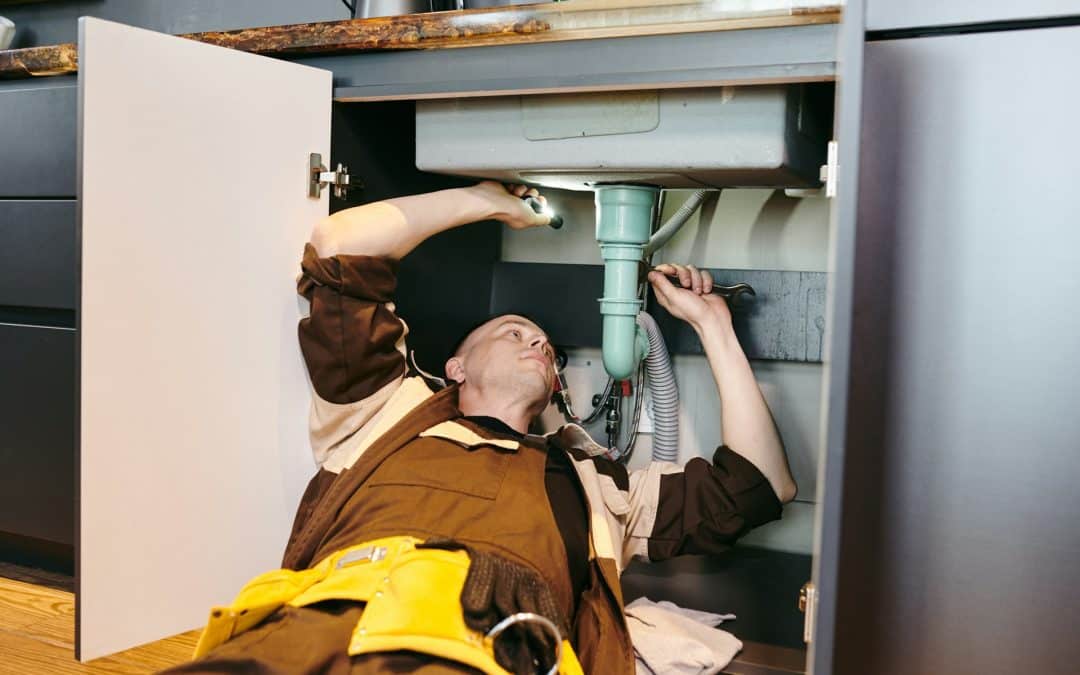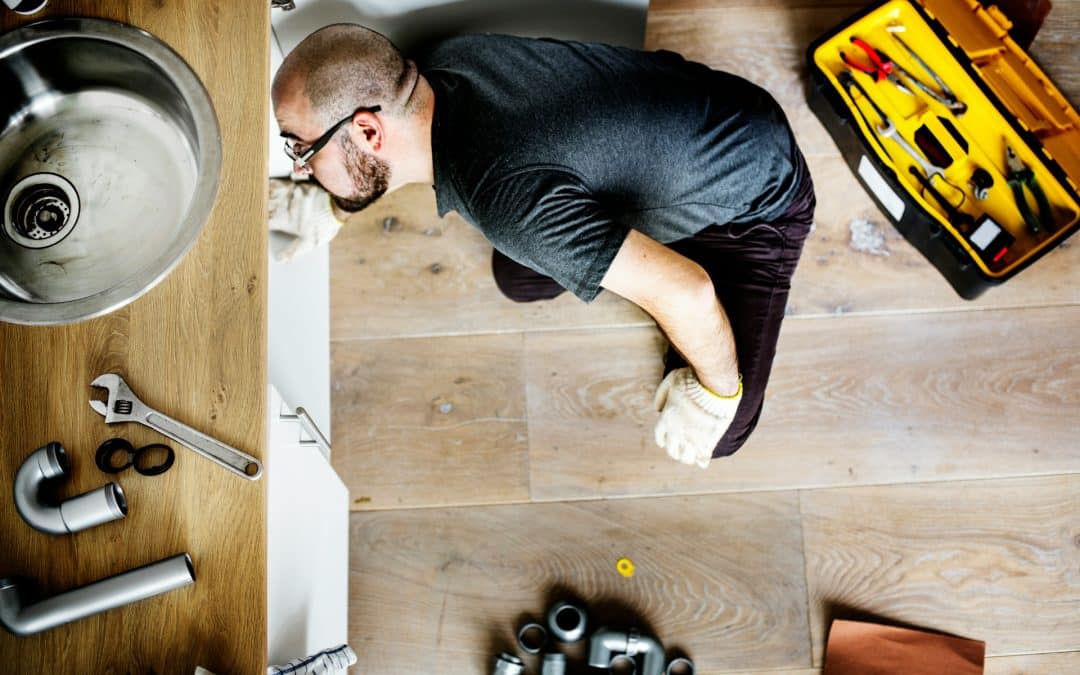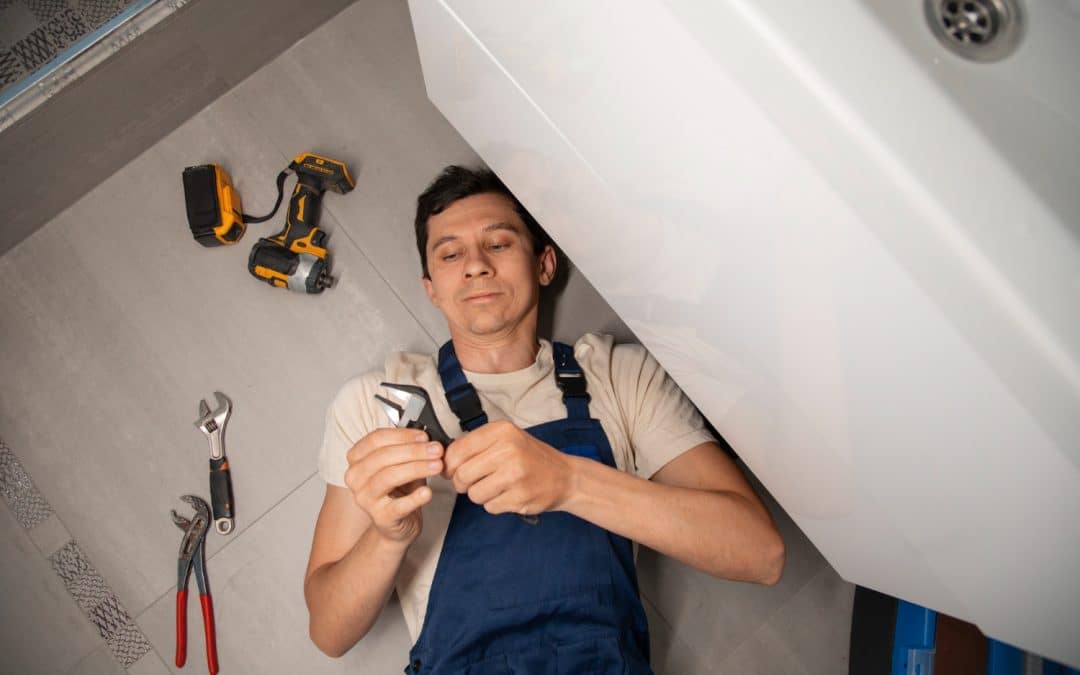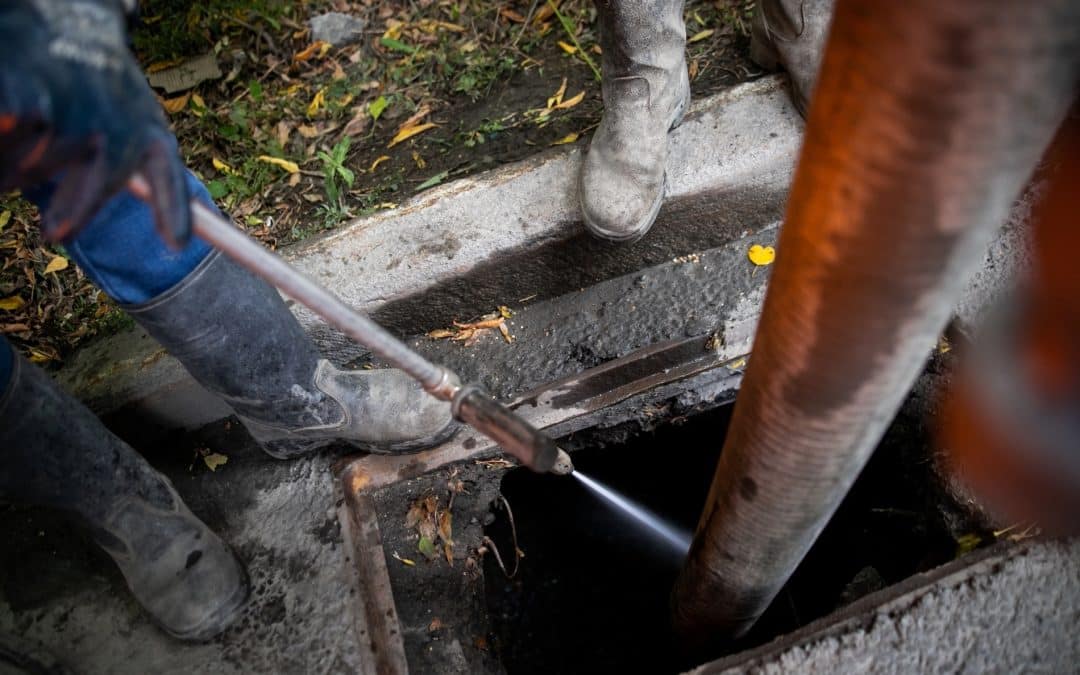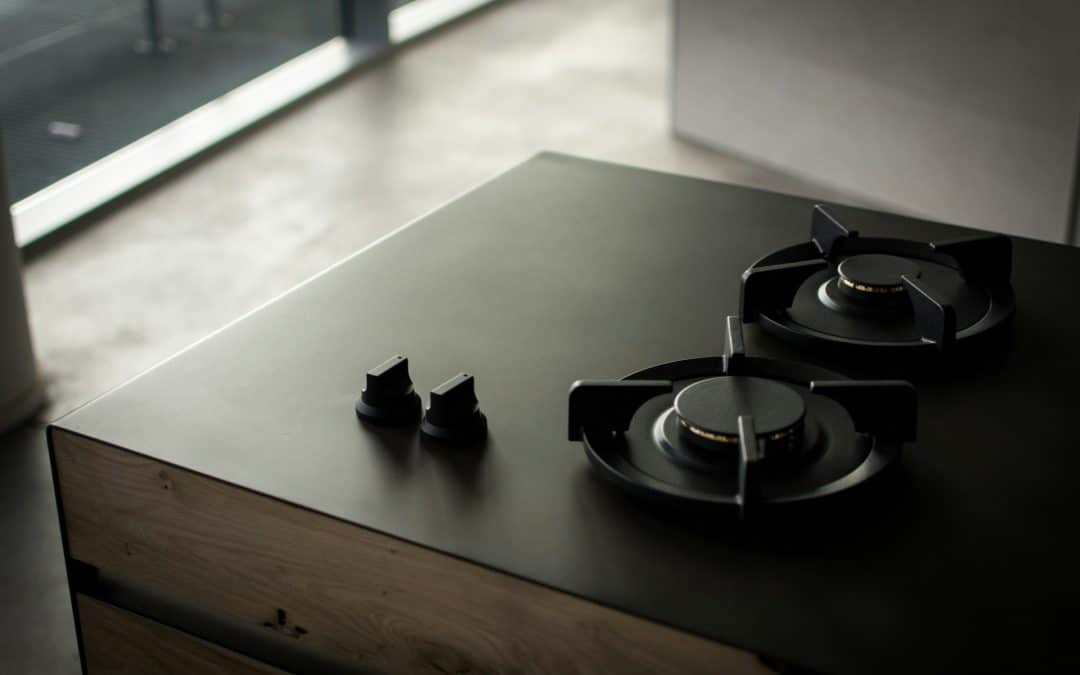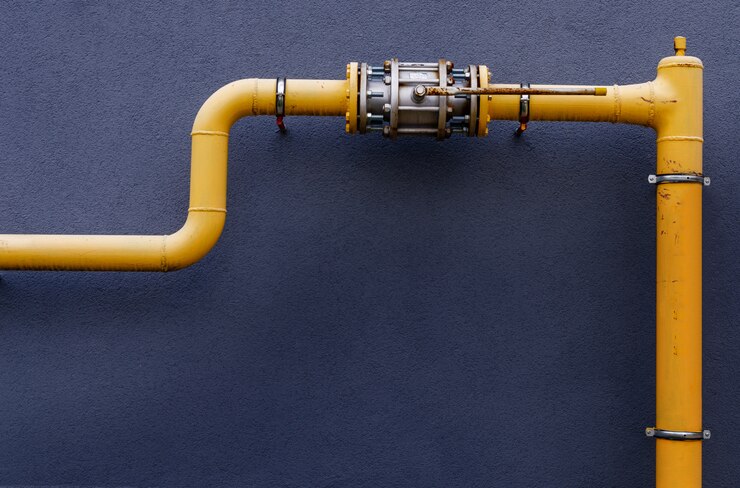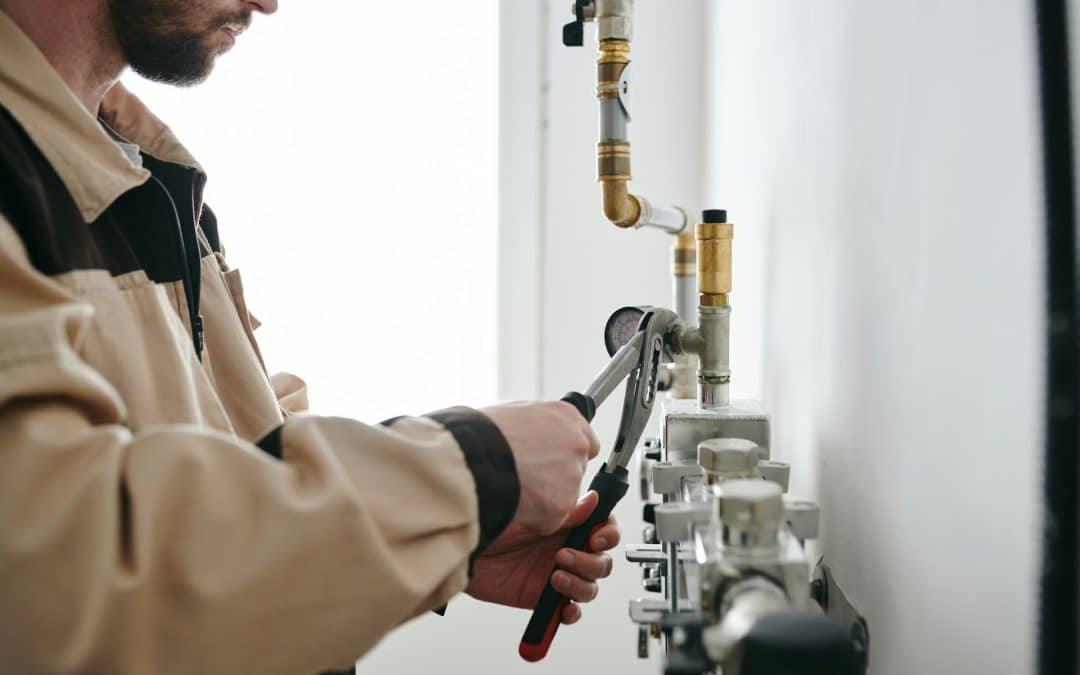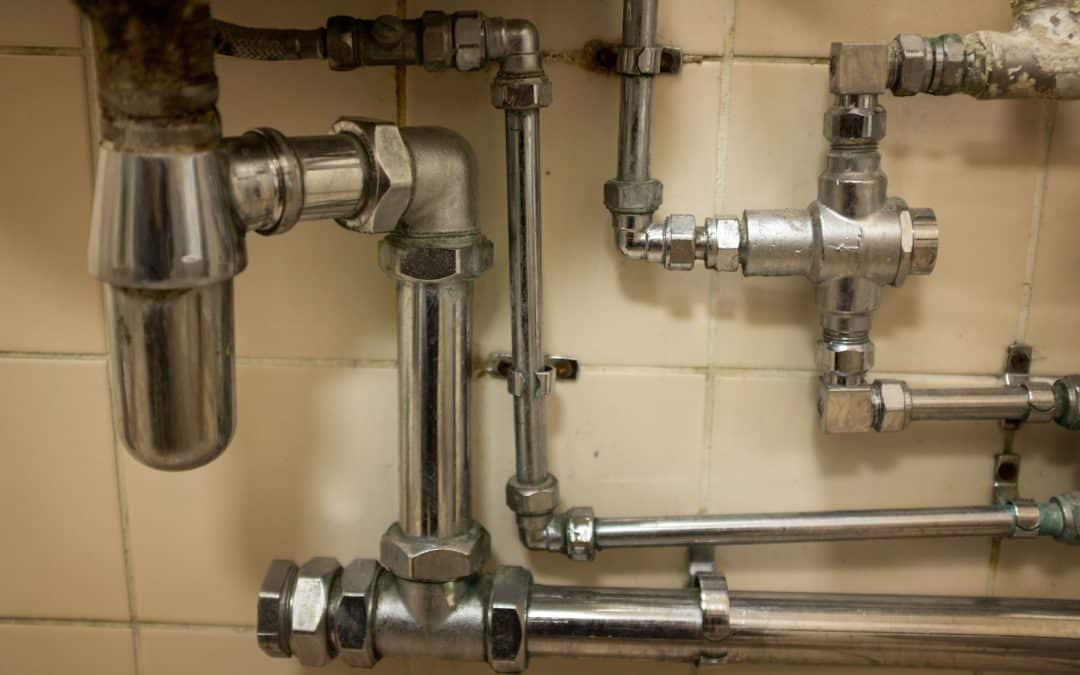Keeping your home’s plumbing system in top shape is like making sure your car runs smoothly. You wouldn’t wait until your car breaks down to get it checked, so why wait until you have a water problem? A key part of this system is the slab, the concrete foundation your house is built on. If there’s a leak in this area, it can cause serious and expensive issues. Detecting slab leaks early can save you from larger headaches down the road, including damage to your home’s foundation.
Picture this: you’re enjoying a routine day, and you’re suddenly greeted with squishy, wet carpet underfoot or maybe a shockingly high water bill. These might not seem connected at first glance, but they could be signs of a hidden issue beneath your home. Slab leaks often fly under the radar until they’ve caused enough issues to catch your attention. Understanding what to look for can help you act quickly and prevent bigger troubles.
What Is a Slab Leak?
So, what exactly is a slab leak? To break it down simply, your home’s plumbing runs through or under the slab foundation. When these pipes develop leaks, it’s termed a slab leak. These leaks can be sneaky and unpredictable, causing water to seep out and create problems both big and small.
Slab leaks often develop because of a few key reasons:
1. Soil Shifts: The ground beneath your house isn’t as stable as you might think. As it moves, the pipes resting within the slab can experience stress, leading them to crack or burst.
2. Poor Construction: If the plumbing was handled carelessly when your house was built, those pipes could already be vulnerable to leaks.
3. Pipe Corrosion: Over time, water flowing through your pipes can lead to corrosion, especially if the water chemistry is hard on the material. This corrosion can slowly weaken the pipes until they finally fail.
These issues highlight why it’s crucial to keep an eye on your plumbing’s health. By understanding these causes, you can be proactive in managing your plumbing and ensuring your home’s safety.
Key Indicators of Slab Leaks
Recognizing early signs of slab leaks can spare you from a bigger headache later. Catching leaks sooner rather than later will not only save money but protect your home. Here are red flags to watch for:
– High Water Bills: An unexpected spike in your water bill often hints at a leak lurking somewhere. If your bill is climbing with no change in usage, a slab leak might be the culprit.
– Damp or Wet Spots: If you step on a wet patch indoors without a traceable spill, check for a slab issue. These spots can appear on floors, walls, or even outdoor areas close to your foundation.
– Low Water Pressure: Finding significantly lower water pressure in your faucets could point to water escaping from its intended route through a leak.
– Warm or Hot Spots on the Floor: Warmth underfoot where there shouldn’t be any can indicate a leaky hot water line beneath your slab.
– Sound of Running Water: Hearing water running when all taps are off is another strong signal pointing to a slab issue.
How to Address Slab Leaks
Once you suspect a slab leak, taking swift action is key. Leaving the problem can lead to structural damage and higher repair bills. Professional help ensures minimal disruption and accurate solutions. Here’s where experts step in:
1. Leak Detection: Specialized tools can pin down leaks without any guessing games. This non-invasive approach saves time and prevents unnecessary damage to your property.
2. Repair Techniques: Depending on the leak’s severity and location, several repair methods can be employed:
– Spot Repair: This involves digging to reach and fix the damaged spot if the leak is isolated.
– Pipe Re-routing: Rerouting pipes is a solution when numerous leaks make single repairs ineffective. This involves redirecting plumbing paths above ground.
– Epoxy Pipe Coating: Coating the inner walls of the pipes seals off leaks and prevents future ones, extending the pipe’s life.
Having professionals handle these tasks ensures the job is done right and your home stands strong.
Preventing Future Slab Leaks
While dealing with current leaks is necessary, preventing future ones safeguards your peace of mind. Regular maintenance can make a big difference:
– Routine Inspections: Regular checks by plumbing professionals can spot potential issues before they escalate.
– Monitor Water Pressure: Keep your home’s water pressure within recommended limits. Excessive pressure can strain pipes, leading to leaks over time.
– Use of Modern Plumbing Techniques: Upgrades in plumbing materials and methods provide options that last longer and resist common leak causes.
Regular care and adopting better plumbing practices will help maintain your home’s safety and save you from costly future repairs.
Take Action to Protect Your Home
Don’t let slab leaks catch you unaware. Acting quickly keeps your home in great condition and shields it from severe and costly damage. Understanding the signs and knowing the steps to manage them puts you in control. Seeking expert assistance provides peace of mind, knowing that you’re doing all you can to keep your home safe and sound.
Keeping your home protected from slab leaks starts with detecting and repairing issues before they escalate. If you’ve noticed any signs mentioned, like damp spots or higher water bills, it’s time to act. Trust Plumbing Kings LLC for leak detection and repairs to ensure your plumbing runs smoothly, safeguarding your home’s foundation and integrity.
